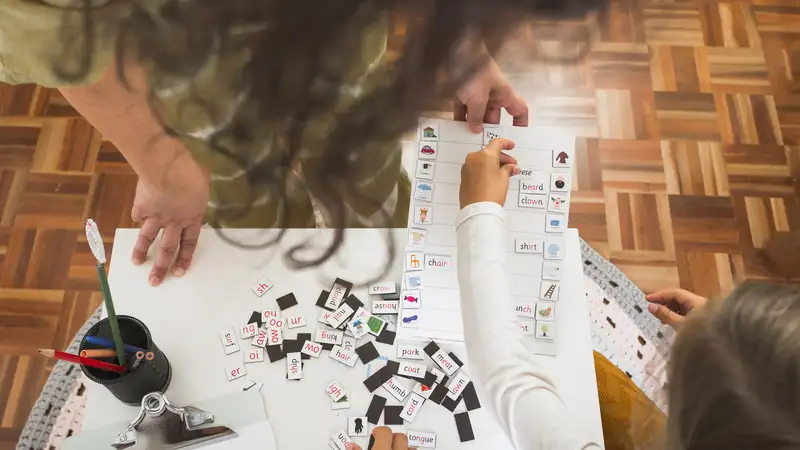
Exploring Creative Drawing Ideas
Drawing stands as one of the most accessible and versatile “sketch:jgr9lxsmgmg= drawing ideas”forms of artistic expression. Whether you are a seasoned artist or a novice just beginning, sketching offers an invaluable opportunity to explore creativity. This article delves into various drawing ideas, designed to inspire and challenge you. Embrace these concepts and let them guide you toward discovering your unique artistic voice.
Embracing the Fundamentals
Before diving into complex concepts, grasping the basics of drawing is crucial. Understanding fundamental techniques, such as shading, perspective, and proportion, forms the backbone of effective sketching. Experiment with these core elements to create a strong foundation for more intricate designs.
- Shading Techniques: Practice different shading methods to give your drawings depth and dimension. Techniques like hatching, cross-hatching, and stippling can transform a flat sketch into a lifelike image. Gradually build layers of tone to achieve realistic effects.
- Perspective: Incorporate perspective to create the illusion “sketch:jgr9lxsmgmg= drawing ideas”of three-dimensional space on a two-dimensional surface. Experiment with one-point, two-point, and three-point perspective to understand how objects recede into the distance.
- Proportion: Accurate proportion is essential for realistic drawing. Use reference grids or measurement techniques to maintain correct proportions in your sketches.
Drawing Ideas to Spark Creativity
- Exploring Everyday Objects: Start by sketching objects from your daily life. Challenge yourself to draw items from different angles, paying attention to details and textures. Objects such as coffee mugs, fruits, or household items can serve as excellent subjects for practice.
- Portraiture: Dive into the world of portrait drawing. Capture the essence of people by”sketch:jgr9lxsmgmg= drawing ideas” focusing on facial features, expressions, and emotions. Use reference photos to practice different aspects of portraiture, from basic facial proportions to capturing subtle expressions.
- Nature and Landscapes: Nature provides an endless source of inspiration. Sketch landscapes, trees, flowers, or animals. Observe the natural world closely, and translate its beauty into your sketches. Experiment with different mediums and techniques to capture the essence of nature.
- Abstract Art: Explore abstract drawing by playing with shapes, lines, and colors. Abstract art allows for freedom and experimentation, as it doesn’t adhere to realistic representation. Let your imagination guide you and create unique compositions.
- Fantasy and Imagination: Dive into the realm of fantasy by creating mythical creatures, imaginary worlds, or futuristic scenarios. Allow your imagination to run wild and translate your ideas into visual art. Incorporate elements from books, movies, or games to fuel your creativity.
- Daily Sketch Challenges: Engage in daily sketch challenges to build discipline and develop your skills. Set aside time each day to draw a specific theme or subject. Over time, you’ll notice significant improvement in your drawing abilities.
- Incorporate Mixed Media: Experiment with mixed media by combining traditional drawing with other materials like watercolor, ink, or digital elements. This approach can add depth and texture to your sketches, resulting in dynamic and visually engaging pieces.
Techniques to Enhance Your Drawing Skills
- Gesture Drawing: Practice gesture drawing to capture the essence of”sketch:jgr9lxsmgmg= drawing ideas” movement and flow in your subjects. Quick, loose sketches help you understand the dynamic nature of forms and improve your ability to depict action.
- Contour Drawing: Focus on contour drawing to enhance your observation skills. Draw the outlines of objects without lifting your pen from the paper. This technique helps you develop a keen eye for detail and accuracy.
- Value Studies: Conduct value studies to explore the range of tones in your sketches. Use grayscale or monochromatic palettes to understand how light and shadow interact. This practice can improve your ability to create realistic and well-balanced drawings.
- Texture Exploration: Experiment with different techniques to represent textures in your sketches. Use varying line thicknesses, shading patterns, or cross-hatching to mimic textures like fur, wood, or fabric.
- Drawing from Life: Draw from life whenever possible. Observing real-world subjects provides valuable insights into proportions, lighting, and spatial relationships. Set up a still life or draw from live models to enhance your observational skills.
Overcoming Creative Blocks
Every artist encounters creative blocks at some point. Here are strategies to overcome them:
- Change Your Environment: Sometimes, a change of scenery can spark creativity. Try sketching in different locations, whether it’s a park, a café, or a new room in your home.
- Try New Techniques: Experiment with new drawing techniques or mediums to break the monotony. Challenge yourself to use unfamiliar tools or styles to reignite your creative spark.
- Seek Inspiration: Look for inspiration in various sources such as art books, museums, or online galleries. Studying the work of other artists can provide fresh perspectives and ideas for your own sketches.
- Take Breaks: Allow yourself time to step away from your sketchbook. Engage in other activities or hobbies to refresh your mind and return to drawing with a renewed perspective.
Building a Drawing Routine
Consistency is key to developing your drawing skills. Establish a regular drawing routine to maintain progress and foster creativity. Set aside dedicated time each day or week for sketching, and stick to it as closely as possible.
Sharing and Reflecting on Your Work
Sharing your work with others can provide valuable feedback and encouragement. Consider joining art communities, participating in online forums, or attending local art groups. Reflecting on your own progress helps you recognize areas for improvement and celebrate achievements.
Conclusion
Drawing offers a rich landscape for exploration “sketch:jgr9lxsmgmg= drawing ideas” and expression. By embracing fundamental techniques, experimenting with diverse ideas, and developing a consistent practice, you can unlock your artistic potential. Remember, creativity knows no bounds—let your imagination guide you, and enjoy the journey of discovering new and exciting drawing ideas. See More
